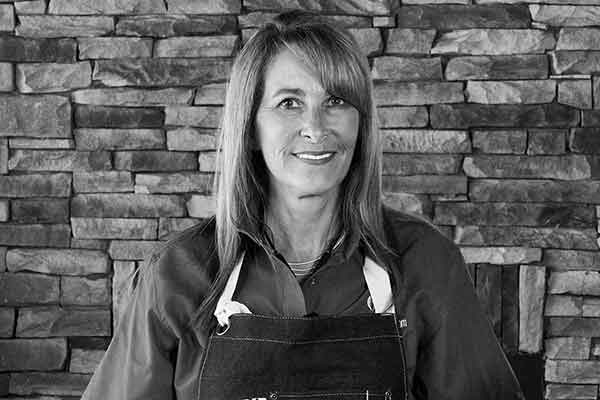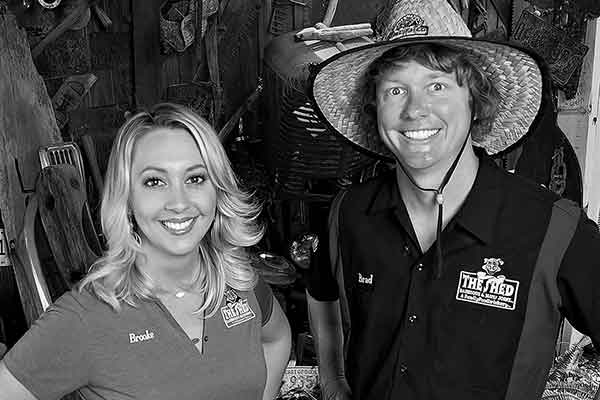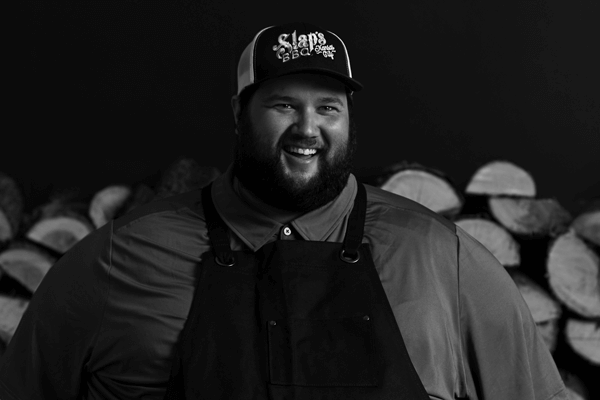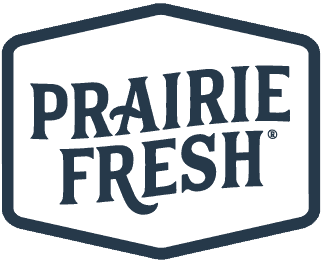Savory BBQ Wisdom
From selecting the finest cuts of meat to mastering the perfect smoke, our brand ambassadors have everything you need to elevate your BBQ game. They’ll even share their expert BBQ wisdom!
Melissa Cookston’s BBQ Mastery
Mississippi native Melissa Cookston is a seven-time world barbecue champion and a celebrated chef with a deep passion for cooking and barbecue.
See Melissa’s recipes and more pork tips.


Seasoning Pork
When it comes to seasoning pork, consider your cooking method. For grilling pork chops or tenderloin, a salt-forward blend works wonders. For slow smoking, use less salt and add flavors like sage, rosemary, chipotle powder, garlic, and pepper to enhance the pork and smoke.

Fire Management
A small, clean-burning fire is essential. Understand your cooker and adjust the fuel or wood accordingly. Some grills need just a few chunks of wood to achieve the perfect smoke flavor.

Wood Selection
Choose seasoned wood chunks and logs for a good fire and proper smoke flavor. Wet wood will smolder and ruin your fire. Think of smoke flavor as an ingredient – it should enhance, not overpower. Melissa loves using peach, apple, and pecan wood for pork.

Prepping
Plan ahead! Mise en place (everything in its place) makes cooking smoother. Keep your knives sharp for effortless prep. Let pork sit at room temperature for 30 minutes before cooking to ensure even cooking. Season it while it tempers!
Brad Orrison and Brooke Orrison Lewis’s BBQ Insights
Based out of Ocean Springs, Mississippi, Brad and Brooke operate The Shed BBQ and Blues Joint, a three-time Memphis in May World Championship Barbecue Cooking Contest Grand Champion.


Choosing Your Smoker or Grill
Consider these points when selecting a smoker or grill:
- Space and Portability: Consider your outdoor space and if you need a portable cooker.
- Fuel Type: Choose between charcoal, gas, electric, or wood-fired based on your preference.
- Cooking Style: Pick a cooker that suits the food you cook most often.
- Budget: Set a budget and compare prices.
- Features: Look for side burners, rotisseries, and temperature gauges.

Creating Your Own Sauce and Rubs
Brad and Brooke know a thing or two about making sauce. In addition to The Shed, they also own The Saucery that produces award-winning barbecue sauces. Follow these points to make your own sauce.
- Flavor Profile: Decide if you want sweet, smoky, spicy, or tangy.
- Base: Tomato, vinegar, mustard, or fruit.
- Sweeteners: Brown sugar, honey, or molasses.
- Spices: Chili powder, cumin, paprika, and peppers.
- Thickness: Adjust with cornstarch slurry, arrowroot powder, or reduction.

Essential BBQ Tools
Gather the right tools before you start smoking or grilling.
- Grill brush or aluminum foil
- Oil or grill spray
- Sharp knife
- Cutting board
- Tongs
- Spatula
- Thermometer
- Lighter
- Heat gloves
- Clean plate

Trimming Meat
Use the right knives and trim large cuts to save money. Keep your end goal in mind for easier prep. A boning knife with its sharp thin, flexible blade is ideal trimming pork and removing bones, skin and fat.
Joe Pearce’s BBQ Know-How
Whether it’s serving up delicious food at his restaurant, Slap’s BBQ in Kansas City, or competing on the television show like BBQ Pitmasters or BBQ USA, Joe Pearce has perfected his BBQ skills that he’ll share with you.


Temperature Control
Use the biscuit test for heat zones if you’re unsure about the hot and cold spots on your smoker or grill. Grab a can of 8-10 small biscuits and spread them evenly across the cooking surface. Set your grill or smoker to the desired temperature, close the lid, and let the biscuits cook for 10 minutes. The darkest biscuits will indicate the hottest areas of your grill or smoker.

Rest Your Meat
Whether you’re cooking hot and fast or low and slow, resting meat for 10-15 minutes before slicing is essential. This allows the juices to redistribute, resulting in a more tender and flavorful cut. Cooking meat is a vigorous process, and it needs time to recover once it’s done. Place cooked meat on a wooden cutting board and covering it lightly with a piece of foil. For an extra burst of flavor, add a compound butter to the top of the meat while it rests. This will soak in and add moisture, enhancing the overall taste.

Cleanliness is Key
Always begin with a clean grill. Remove any leftover debris from previous cookouts to prevent sticking and ensure the best flavor. After cooking, keep the grill hot for 10-20 minutes. Increase the temperature—the hotter, the better. Once the grill or smoker is hot, use a grill brush and hot water to clean the grates.

Patience is a Virtue
Don’t rush the process. Low and slow cooking is the key to tender, flavorful barbecue. Resist the urge to constantly flip or check your meat. Time is your friend. When smoking a big Prairie Fresh pork butt, use time as a tool. The longer you cook a piece of meat, the lower the internal temperature needs to be. Conversely, the faster you cook, the higher the internal temperature has to go. Example: For a 12-hour pork butt cook, aim for an internal temperature of 195°F. For a 4-hour pork butt cook, the internal temperature should be around 208-210°F. The ultimate goal is to render the fat and break down the connective tissue for that perfect, melt-in-your-mouth barbecue.
